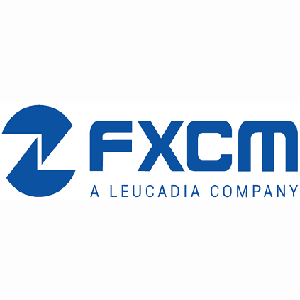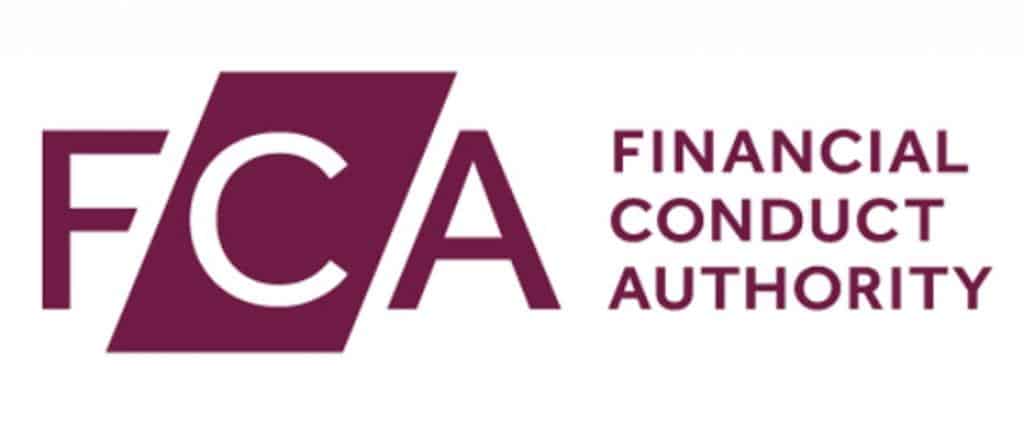2020 was a rough year for everyone. Forest fires, economic decline, diplomatic tensions, the infamous Covid-19 pandemic, global lockdowns, and a lot of suffering, despair, and lives lost. It’s not a stretch to call 2020 one of the worst years in our lifetime.
Still, this year had some redeeming features. Sure it was bad, but it was not all bad, especially for traders who are prepped for the ups and downs of markets. As far as traders are concerned, there’s always an opportunity to be taken advantage of or a lesson to be learned, so let’s take a look at 5 lessons that 2020 gave us, and 5 events that would be best forgotten.
5 Things Traders Should Remember
- Elections can be a trader’s best friend
This year’s US election was one of 2020’s most anticipated events. Everyone was curious to see if Donald Trump will secure yet another shocking victory and traders geared up to take advantage of market volatility and trading opportunities.
With Trump up for re-election, anything could have happened, and that kept volatility high in the markets. Volatility continued to pick up as Joe Biden captured enough Electoral College votes to win the US Presidency while Trump challenged states to vote recounts, and has, to date, not yet conceded the election.
Every trader looks for a rise in market volatility for potential opportunities. That’s why the 2020 US election was a welcome end to the year.
Divisive elections are not an anomaly. So remembering how the markets performed, where the smart investments were, and the strategies that paid off will prepare you for the next round of elections in 4 years, that may give us a rerun of Trump Vs Biden.
2. Traders should always expect the unexpected
Having an open mind and a flexible trading plan really paid off this year. As the saying goes; “What doesn’t bend, breaks”. This year posed many unexpected market movements thanks to an unexpected pandemic and unprecedented lockdowns.
While no trader can ever know 100% what’s ahead, part of a trading plan is having alternatives in the case of any unexpected changes. This helps you reduce emotional reactions to plunging and spiking markets.
So remember to be flexible and expect the unexpected because that’s what’s most exciting about the markets.
3. Gold is indeed golden
When the world went into a lockdown and indices began to fall, the whole market felt the tremors. As a result, investors turned to gold, and the yellow metal experienced record-setting highs. While currencies were declining, gold was shining.
At a 7 year high, gold became the go-to safe haven for investors and traders who were searching for the right asset in this time of crisis. Use this example to remember why gold has always been viewed as one of the steadiest assets out there.
In 2020, it definitely lived up to its title, performing exceptionally well in an extremely uncertain situation. That’s a good thing to remember when you’re making trading decisions in the future.
4. Patience is a gift to a trader
It’s probably safe to say everyone’s patience was really tested this year. Through lockdowns, on and off social measures, not seeing loved ones, and experiencing job loss, to name a few. This year was challenging, even for the most patient people. However, traders know very well that markets can be just as challenging on a regular basis, and it is in exactly these types of situations that it’s important to exercise your resources, flex your muscles, and develop your skills.
As a trader, you can apply the same tactics you used to make it through the lockdowns, in your trading. Be steady, stay organized, construct routines, take time before making decisions, and assess situations as you go to deal with them properly.
Those with patience were rewarded this year. They were better equipped to handle the markets. It’s a good time to appreciate the gift of patience, and further develop it.
5. Look for the silver linings
No matter how dark 2020 was, and whether you’re a trader or not, it’s important to learn how to find the silver linings in any situation. 2020 propelled technical innovations, new online businesses, and more trading opportunities than the world had seen in a long time.
The whole world adapted, quickly shifting to online, an environment traders are very much used to and prepared for. That’s why for millions of traders around the world, 2020 meant more free time to trade, more resources to level-up your skills, and more market volatility to take advantage of. Whatever challenges 2021 brings, remember to focus on the silver lining.
5 Things Traders Can Forget
- Free time to trade during lockdowns
Who’s going to forget 2020’s global lockdowns? They were tedious, disruptive, and surreal. They were unlike anything the world has ever experienced collectively before.
If you were a trader, however, it was a blessing in disguise, giving you more free time at home to focus on your trading account. This led to a noticeable spike in trading volumes worldwide. However, having the freedom and time to trade, while daytime jobs are shut down is a luxury that will probably never come around again.
We may see smaller lockdowns over the next year, but major lockdowns may be a thing of the past, so feel free to erase their memory. It’s important for you to keep your pre-lockdown trading routine and schedule intact.
2. Unprecedented market behaviour and high volatility
The economy went through a topsy-turvy ride in 2020. These weren’t normal times, with unprecedented surplus programs and astounding amounts of money injected into the economy. The effect was massive, with many assets, especially stocks reacting abnormally and unusually to indicators.
It created a level of volatility that was almost entirely unprecedented in the financial markets, and those peaks and plummets, while they were sometimes great for traders, will not likely continue happening.
So as you say goodbye to 2020, you may also want to put these economic conditions behind you and re-adjust to more normal markets. Now is the time to refine your strategies, and assess opportunities in less volatile times.
3. March 16th - the day the stock market stood still
March 16 will forever go down as a black day in the history of the Dow Jones Industrial Average.
As investors woke up to the massive impact of Covid on the economy, the markets collapsed. Selling was so extreme that trading on the New York Stock Exchange stopped for 15 minutes. It was the third time that a circuit breaker was triggered that week. On that day the Dow plunged 2,997 points amid Covid fears. It was the worst single-day drop since 1987.
It’s not a pretty thing to remember, and there’s really no need to. Analysts are predicting 2021 will signal a turn for the markets, with the vaccines now showing great promise and a new US president promising global economies more stability.
4. Oil’s biggest drop in history
On April 20, 2020 US oil prices turned negative for the first time in history. Lockdowns dramatically reduced traffic movements and travel bans almost eliminated airline’s oil purchases. The price of WTI crude oil was so severely affected by the lack of demand, that the barrel carrying the oil became more expensive than the oil itself.
While we may still be shocked by the fact that oil dropped to negative territory, that was over 7 months ago, and the oil market has been recovering. It’s also showing signs that it will continue recovering well into the new year.
Therefore we can put this massive drop behind us, as we look forward to a surge in oil prices as the world returns to driving cars and traveling more frequently.
5. USD’s massive losses
The USD saw some dark days this year. In fact, it suffered its lowest point in history, dropping 11% by the end of the year from its 2020 peak.
The accumulation of US debt during the pandemic combined with the overall uncertainty of the economy affected the dollar’s performance, which declined heavily against the EUR.
There are several reasons for the USD’s decline, two significant being the Trump administration pouring the USD into the market to stimulate growth when the lockdown began in March and further pressure was piled on by the US Federal Reserve’s pledge to keep rates at their record low. Signs show that the USD will likely see more decline in the foreseeable future.
However, assets have highs and lows, and as the new year progresses, the world’s biggest currency will most likely regain its strength. So, don’t depend on the USD’s weakness as a norm for the future.
2020 was definitely not a smooth ride for anyone, and there was a lot to adjust to, especially for traders who have faced the personal effects of the lockdown as well as the challenges of the market. But seeing the silver lining and learning from market movements and mistakes, is the best way to come out of this year triumphant.




